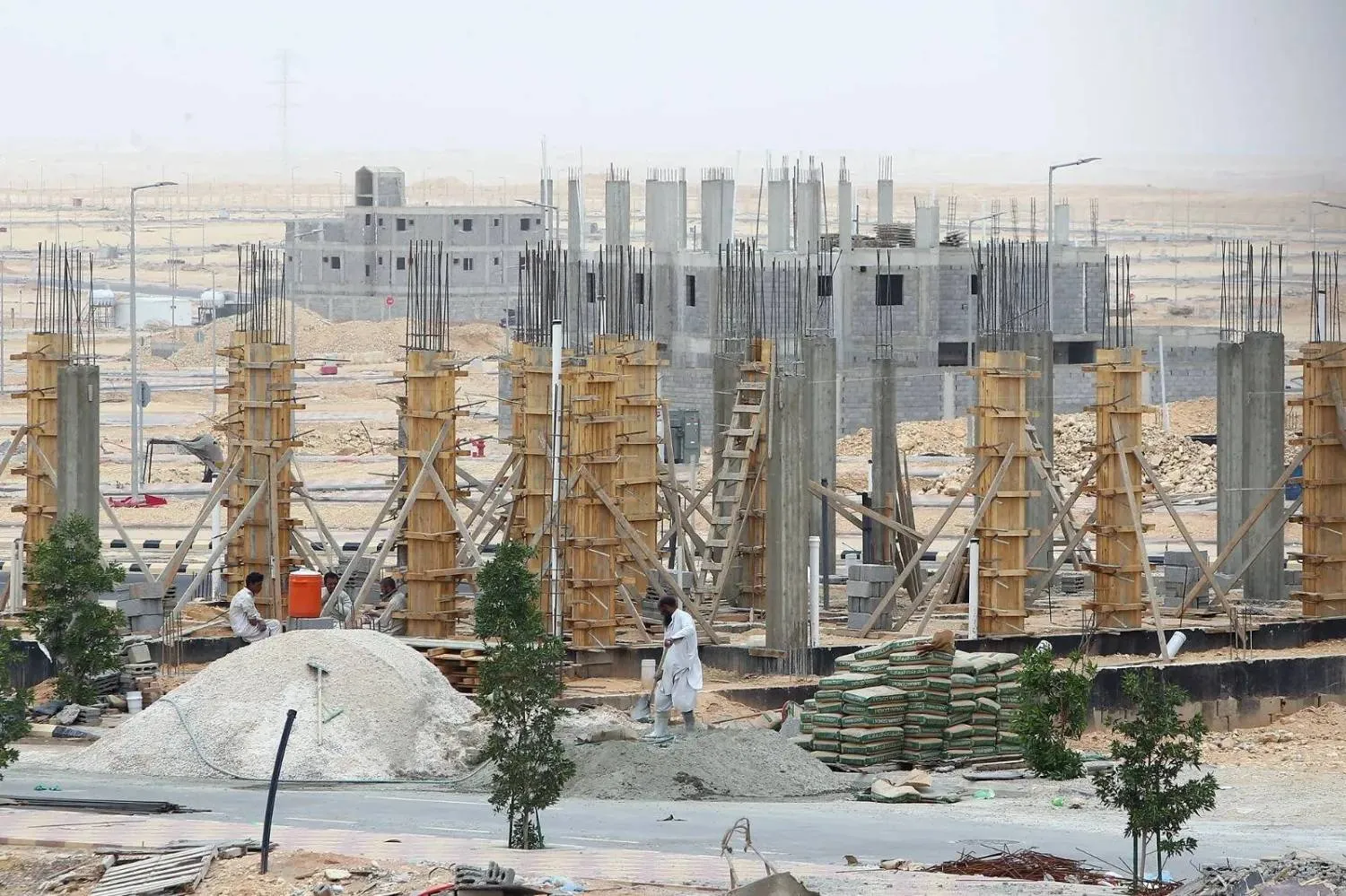Emir of Qatar Sheikh Tamim bin Hamad Al Thani inaugurated on Monday two strategic solar power projects in Ras Laffan and Mesaieed with a combined capacity of 875 megawatts (MW).
The projects will more than double Qatar’s solar energy production to 1,675MW of renewable energy.
“The inauguration of two strategic solar power projects in Ras Laffan and Mesaieed comes within the framework of the country's plans to transition to renewable energy, diversify energy sources, and support strategic development projects,” the Emir said.
In a post on his official account on X, Sheikh Tamim wrote, “As part of plans to transition to renewable energy, the Emir inaugurated today two strategic solar power projects in Ras Laffan and Mesaieed,” according to state-run Qatari news agency, QNA.
These plants are also intended to leverage the potential of low-carbon energy in sustainability plans and efforts to mitigate environmental impacts, he added.
Minister of State for Energy Affairs Saad bin Sherida Al Kaabi said the two plants are a fundamental step towards achieving the fourth pillar of the Qatar National Vision 2030, which is environmental management to ensure harmony and consistency between economic and social development and environmental protection.
“It also achieves one of the goals of Qatar's energy sustainability strategy, which is to generate more than 4,000 megawatts of renewable energy by 2030,” said Al Kaabi, who is also President and CEO of QatarEnergy.
These plants are expected to reduce carbon dioxide emissions by about 4.7 million tons annually.
The two stations, he said, along with the Al-Kharsaah plant, will play a significant role in meeting the country's electricity demand, contributing about 15% of the total peak electricity demand.









